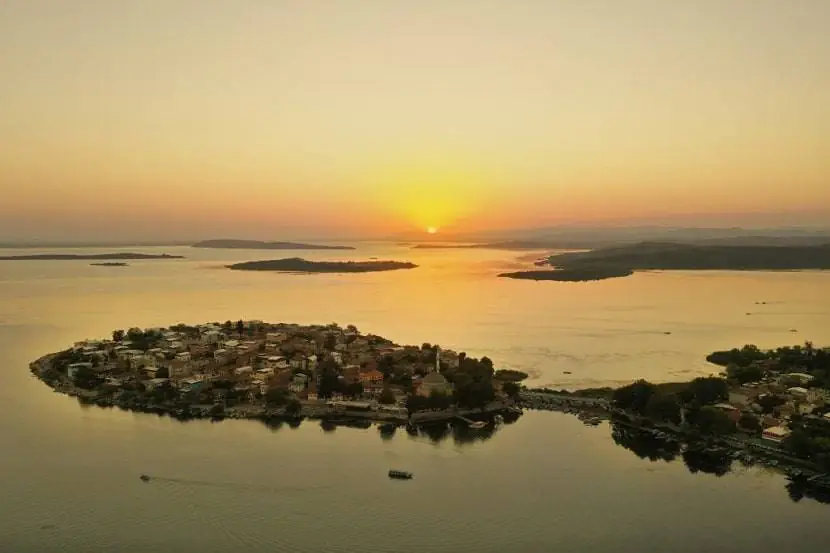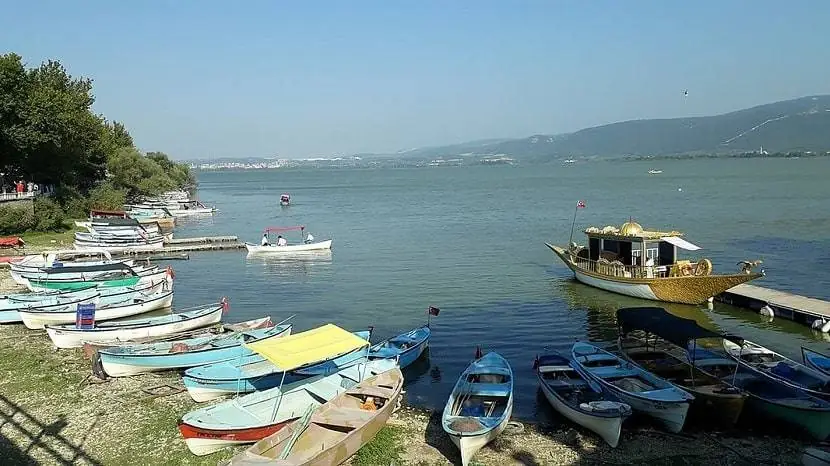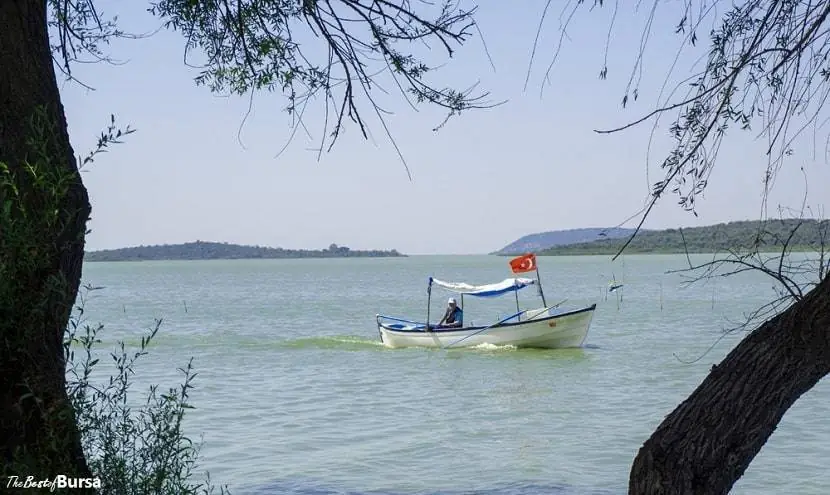Uluabat Lake in Turkey, also known as Apolyont Lake, is much more than a gorgeous, calm body of water surrounded by picturesque traditional villages. The lake is known for its abundant natural diversity, which includes a large number of migrating species, some of which are vulnerable. The long and shallow Uluabat Lake, located 40 kilometres (24.8 miles) west of Bursa on the road to Izmir, is frequently visited in connection with the famed Gölyaz hamlet.

The village which dates back to the Roman era and was formerly an old Greek settlement, is now a favourite destination for travellers who want to see authentic attractions away from the well-trodden tourist pathways. Other classic Turkish villages, the Issz Han (a historic Silk Road caravanserai-turned-hotel), striking archaeological sites like the Neolithic settlement at Aktopraklk (one of the earliest examples of farming populations from around the 6th century BC), and Byzantine-era ruins on a few of the eight islands that encompass the lake are all worth visiting.
Uluabat is, of course, significant not just for human history, but also for wildlife conservation, as it is part of the Wetlands National Protection Project. The Global Nature Fund certified the site as a “living lake” in 1998, and the Ramsar Convention on Wetlands of International Importance acknowledged it in 1999. The lake’s location on an important European waterfowl migration path means that it is teeming with migrating waterfowl year after year, including pelicans, ducks, storks, ibis, herons, terns, and egrets. The endangered pygmy cormorant, a seabird that uses the lake to reproduce, is one of the lake’s most important tourists.
♦ 1 Day Bursa Tour From Istanbul
Uluabat Lake Area

There are 310 kinds of waterfowl, 109 species of nesting birds, and 21 fish species in the lake’s protected area, which covers 199 square kilometres (76.8 square miles). Up to 1,000 endangered pygmy cormorants, 136 Dalmatian pelicans, 42,500 common pochards, 13,600 tufted ducks, and 321,550 Eurasian coots spend the winter in the area. Around 300 pairs of pygmy cormorants, 30 pairs of squacco herons, and 75 pairs of spoonbills nest in the area around the lake, as well as 25 pairs of tiny egrets and 10 pairs of glossy ibis.
♦ 5 Days Turkey Tour – Istanbul Ephesus Pamukkale
Fish Species

The lake’s fish species (which include carp, pike, catfish, chub, and herring) are especially vital to locals who sell the fish in lakeside hamlet markets. Overall, Ulabat is a fantastic day excursion from Bursa, where you can explore traditional villages and historic ruins while also witnessing the vibrant life of this unique lake.

